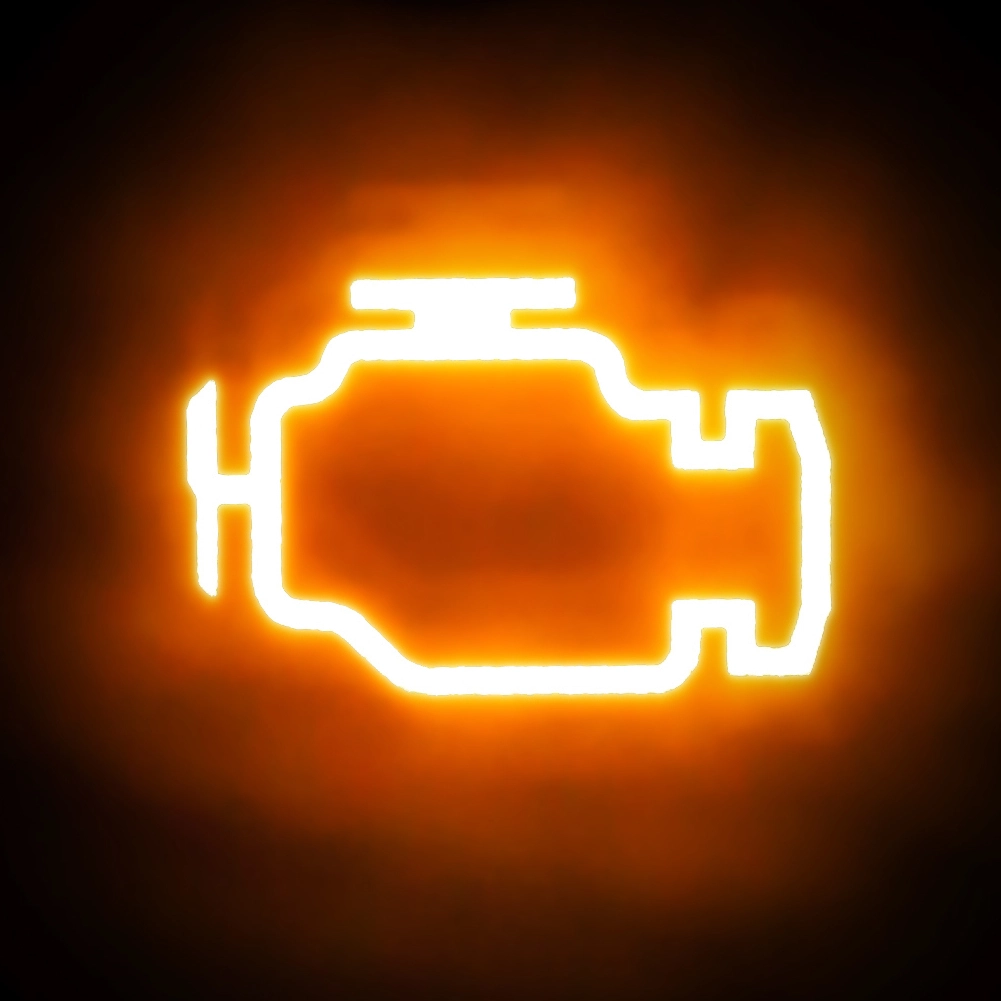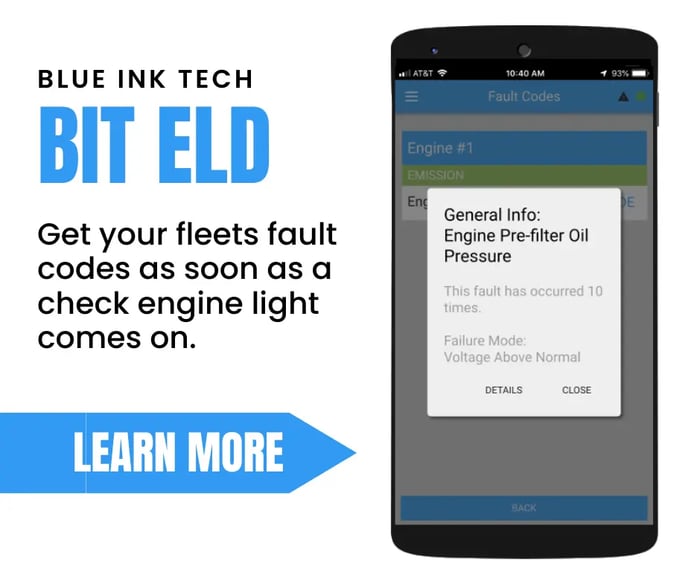
If you have ever driven a vehicle in your lifetime then you have seen a check engine light on the dashboard. This is one of the worst lights in any vehicle because there are so many different things that can turn this on and it's hard to know what the reason is without getting it checked by a professional.
Other icons on the dashboard like the gas pump, low tire icon or a car battery which usually have one meaning and you know exactly how to address it. The check engine light, however, has hundreds of ways to turn on and it can mean there is a minor issue or an emergency that you need to address immediately.
The reason your check engine light comes on is because your vehicle has encountered something off and has thrown a fault code. These codes have many names. Some people call them diagnostic trouble code (DTC), engine fault codes, trouble codes and error codes just to name a few.
Where do DTC codes come from?
The DTC codes that trigger your malfunction indicator light or "check engine light" come from your truck's onboard diagnostic (OBD) system. This is the computer that all new trucks have that manage and monitor all of the systems onboard.
The onboard diagnostic systems in newer trucks are very advanced and keep track of thousands on items on your vehicle's CAN bus. Some of these are critical to the functionality of your truck and these items are what can trigger your check engine light to come on.
The data that comes from the truck's computer is translated into a code that can be referenced to help pinpoint the location of the fault on the vehicle. The data items that make up the DTC code are the suspect parameter number (SPN), failure mode identifier (FMI), occurrence count (OC)
How do you find DTC codes?
Since fault codes are actual codes that are produced by the truck's onboard diagnostics port you will need a device that plugs into your vehicle's OBD port. This port can be different for different makes and models of trucks
There are 3 different types of ports on trucks that are connected to the vehicles CAN bus. These ports are:
- J-1708 - This port is on older class 7,8 trucks manufactured before 2006. This is a round port that contains 6 pins.
- J-1939 - This port is today's standard port for heavy duty trucks. This is also a round port but it has 9 pins.
- OBD-II - This is a rectangular 16 pin port found mostly on medium duty truck (and some Volvos)
To get the fault code from your truck you will need a device that plugs into its diagnostic port and can pull the trouble code from the correct address on the CAN bus. This is usually done by a mechanic but there are also off of the shelf devices that you can buy that will tell you what the codes are.
If you are using an electronic logging device from a provider that has a deep understanding of the CAN bus, then you may be able to get the DTC codes from your fleet through your ELD provider.
What does fault code look like?
The translated DTC codes will come across as an alpha numeric string that will represent where the code is coming from, the type of code it is, and which subsystem has the fault. An example of a fault code might look like:
P0303
The first character is always a letter. It tells you which control system has an issue. These systems are:
-
P (powertrain) refers to the engine, transmission, fuel system, and associated parts.
-
C (chassis) refers to mechanical systems such as steering, suspension, and brakes.
-
B (body) refers to parts mainly found in the passenger compartment area.
-
U (network) refers to the vehicle’s onboard computers and related systems.
The second character is a number, usually 0 or 1, and tells whether or not the code is standardized.
-
0 indicates that the code is generic, standardized SAE (Society of Automotive Engineers) code. Generic codes are adopted by all vehicles that follow the OBD-II standard.
-
1 indicates that the code is vehicle manufacturer specific. These are enhanced codes that are unique to a specific manufacturer, make, or model and are typically less common.
-
2 or 3 are rare and their meanings are dependent on the preceding letter of the code. Most of the time, 2 or 3 indicates that a code is manufacturer-specific, with only a few exceptions.
The third character is also a number, ranging from 1 to 8. This provides the subsystem at fault.
-
1 for the fuel or air metering system
-
2 for the fuel or air metering injection system
-
3 for the ignition system
-
4 for the emissions system
-
5 for the vehicle speed controls and idle control system
-
6 for the computer output circuit
-
7 and 8 for an issue that is transmission related
The fourth and fifth characters are read together as a two-digit number between 0 and 99 known as the specific fault index. These characters identify the exact issue of the vehicle.
If you are unsure about what your code means, check with your vehicle manufacturer or your vehicle manual for explanations.
For our example above P0303 means that the vehicle has thrown a "cylinder 3 misfire" fault
Getting your DTC codes with Blue Ink Tech
Vehicle maintenance violations are some of the most issued violations from the DOT. Being able to minimize the amount situations that exposes your company to these types of violations helps keep you compliant and away from fines.
When one of your trucks throws a fault code you can see what it is and incorporate these alerts into your company's preventative maintenance program. This will allow you to know how your fleet is operating without having to rely on your drivers to tell you a fault is present.

